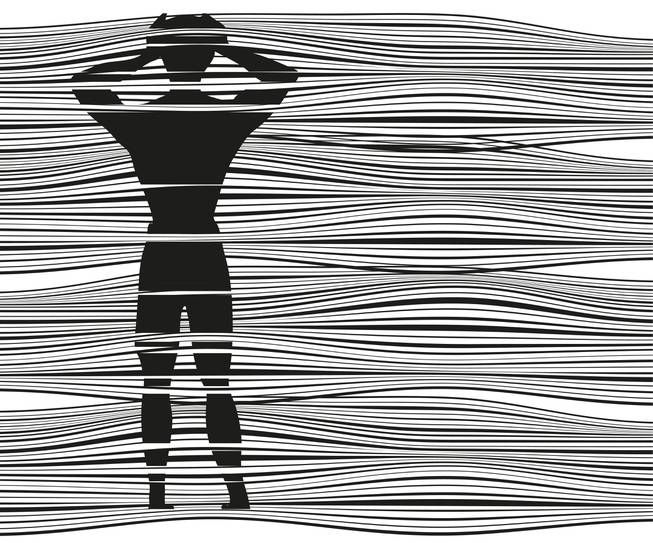
Shutterstock.com
Saturday, Feb. 9, 2019 | 2 a.m.
Related content
During a traumatic event, it’s normal to feel stress and fear. It’s often what saves our lives and is the body’s natural fight-or-flight mechanism, helping us defend against or avoid danger. But if elements of that fight-or-flight reaction continue after the traumatic event, or if you’re replaying it on a loop after months have passed, it could signal the presence of post-traumatic stress disorder and a need for treatment. About 8 million adults deal with PTSD annually, according to the National Center for PTSD. “People start experiencing post-traumatic stress symptoms because they struggle to rationalize things and say, ‘what I’m experiencing now is not the same thing. I’m not [currently] going through the experience,’ ” said Dr. Jacob Manjooran, a psychiatrist and behavioral health medical director at Southern Hills. “They’re experiencing nightmares and flashbacks. They start avoiding things that remind them of the trauma and are hyper vigilant.”
Symptoms in adults
Symptoms of PTSD typically begin within three months of the event but can also surface years later. A psychiatrist or psychologist diagnoses the disorder via several steps. Here are a few of the criteria, according to the National Institute for Mental Health.
• 1 or more “re-experiencing” symptoms: When words, objects or situations remind the individual of the event; flashbacks; bad dreams; frightened thoughts
• 1 or more “avoidance” symptoms: Avoiding words, objects or situations that remind a person of the event through a change in routine; avoiding thoughts and feelings related to the traumatic event
• 2 or more “arousal and reactivity” symptoms: Feelings of anger and stress that make it difficult to do daily tasks such as sleeping, eating or concentrating; being easily startled; feeling tense; angry outbursts
• 2 or more “cognition and mood” symptoms: Feelings of alienation from support groups; anxiety; depression; mood swings; memory loss of the traumatic event; negative thoughts about oneself or the world; guilt or loss of interest in things once enjoyable
Symptoms in children younger than 6: Bed wetting (if they once mastered potty training), inability to talk or forgetting how to talk, acting out the event with toys, being clingy with a parent or another adult. Older children's symptoms are similar to symptoms in adults.
Who is at risk?
PTSD can happen to anyone, and 10 percent of women and 4 percent of men are likely to develop it, according to the National Center for PTSD. About 12 to 20 percent of veterans develop PTSD in their lifetime.
Can you prevent PTSD?
There is a correlation between PTSD and avoidance behaviors, according to the Anxiety and Depression Association of America. If you have experienced trauma, seek help immediately and lean on your social support system. In addition, the ADAA notes that “identifying as a survivor, finding positive meaning in the trauma, and disclosing the trauma to loved ones” are responses that can help ease the long-term effects of PTSD.
Treatment
Psychotherapy/counseling and medication are common treatment methods used to help individuals understand their trauma and learn coping skills that will allow them to lead a better quality of life.
• Seven Hills Hospital in Henderson has a dedicated PTSD Treatment Center.
• For local support groups, go here.
• If you are a veteran dealing with PTSD and want to learn more about the VA of Southern Nevada Healthcare System's PTSD Program.
• If you are a survivor of the October 1 shooting, go here.
• To learn more about PTSD, visit the National Institute of Mental Health or the National Center for PTSD.
This story originally appeared in the Las Vegas Weekly.
